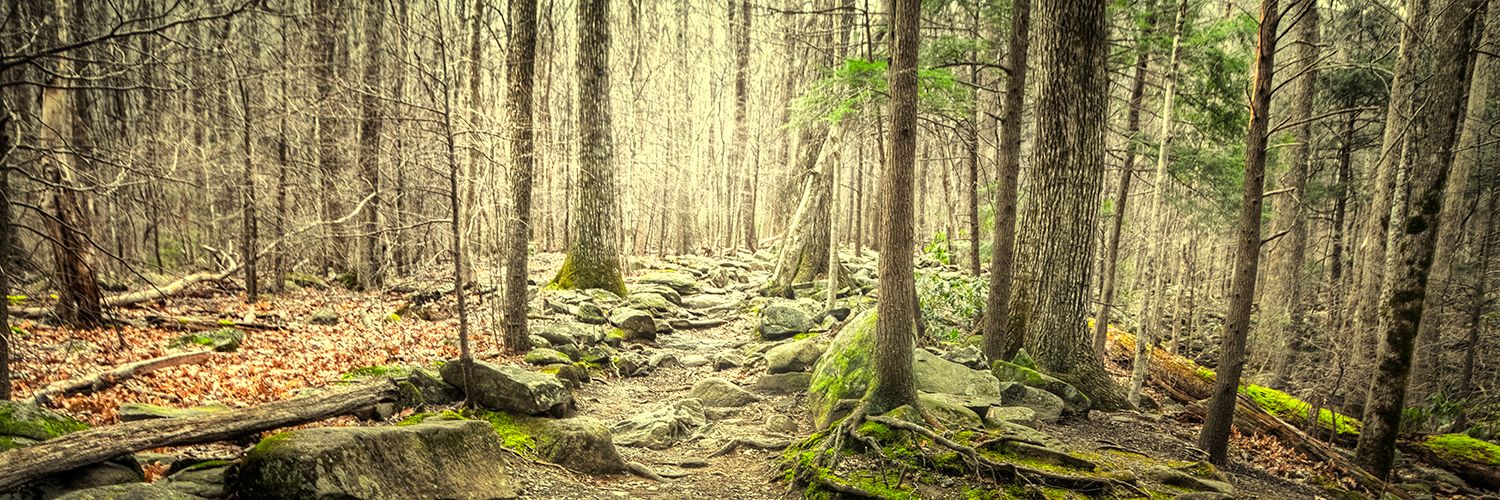Desert Mistletoe
Mistletoe grows on catsclaw, Utah juniper, scrub oak,and mesquite in the desert hills of Nevada. On the border of California on the way to Death Valley, every tree in the saline flats had several growths. The hemi-parastic plant sends roots into the branches for nutrients and moisture. In the spring they start to turn green and by March the plants have aromatic berries.
 Most of the plant is toxic, but it is also a hallucinogen so there are always a few deaths from those looking for a free and natural high. The berries are edible, though not very palatable. The berries are eaten by some birds (like the silky flycatcher) and the seeds are spread as they defecate.
Most of the plant is toxic, but it is also a hallucinogen so there are always a few deaths from those looking for a free and natural high. The berries are edible, though not very palatable. The berries are eaten by some birds (like the silky flycatcher) and the seeds are spread as they defecate.
There are a dozen types of mistletoe worldwide, but they are conspicuous in the southwest where there are few trees and not very many leaves on spiny plants.
- 12 Facts About Mistletoe (National Wildlife Federation
from www.kamloopstrails,net

Comments
Desert Mistletoe — No Comments
HTML tags allowed in your comment: <a href="" title=""> <abbr title=""> <acronym title=""> <b> <blockquote cite=""> <cite> <code> <del datetime=""> <em> <i> <q cite=""> <s> <strike> <strong>